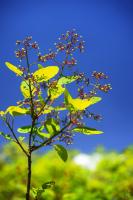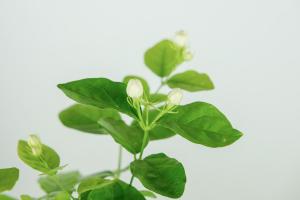How to Plant Rubber Tree in Cambodia
Rubber trees are an important crop in Cambodia, providing a source of income for farmers and contributing to the country's economy. If you are planning to plant rubber trees in Cambodia, here are some steps to follow:
Step 1: Choose the Right Location
The first step in planting rubber trees is to choose the right location. Rubber trees require a warm and humid climate, with temperatures between 27 to 30 degrees Celsius. They also need a lot of water, so choose a location with a reliable water source.
It is also important to choose a location with well-drained soil, as rubber trees do not do well in wet soil. The soil should be acidic, with a pH between 4.5 to 6.5.
Step 2: Prepare the Land
Once you have chosen the location, the next step is to prepare the land. Clear the area of any bushes, trees or stones. Plow the land to a depth of 30 centimeters and then leave it for a few weeks to allow weeds to die off.
After a few weeks, plow the land again and level it. Then, create planting holes about 40 centimeters wide and 40 centimeters deep, with a distance of about 6 meters between the holes.
Step 3: Plant the Trees
The next step is to plant the rubber trees. Take the seedlings and remove any damaged or diseased parts. Dip the roots of the seedlings in water before planting them in the holes. Cover the roots with soil and press down firmly.
After planting, water the trees thoroughly. The first 6 months after planting are critical, as the trees require a lot of water to establish themselves.
Step 4: Maintain the Trees
Once the trees are established, it is important to maintain them properly. Weeding is essential to remove any competing plants that may reduce the growth of the rubber trees. Fertilizer should be applied twice a year to improve the soil quality, and pruning should be done to remove any damaged branches or leaves.
The trees will start producing latex after 6 to 7 years from planting. Harvesting of latex can be done by making incisions in the bark of the tree and collecting the latex that flows out. This process should be done carefully to avoid damaging the tree.
Conclusion
Planting rubber trees in Cambodia can be a profitable venture, but it requires careful planning and maintenance. Choose the right location, prepare the land properly, plant the trees correctly, and maintain them well to ensure a successful harvest.

 how many times do yo...
how many times do yo... how many planted tre...
how many planted tre... how many pine trees ...
how many pine trees ... how many pecan trees...
how many pecan trees... how many plants comp...
how many plants comp... how many plants can ...
how many plants can ... how many plants and ...
how many plants and ... how many pepper plan...
how many pepper plan...




























